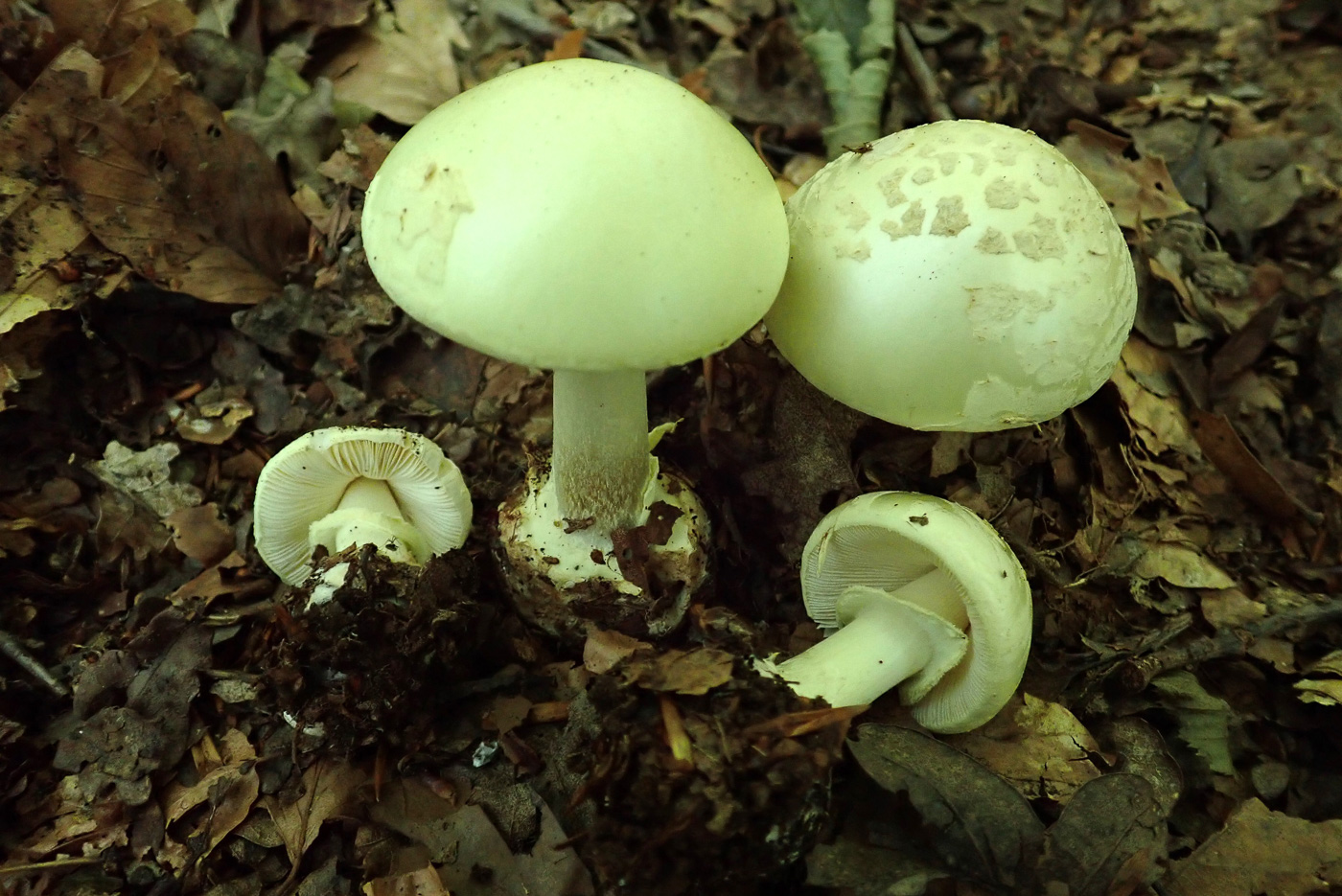
Scientists Discover Potent Bitter Compounds in Mushroom, Transforming Our Understanding of Flavor
In a pioneering new study, scientists have discovered highly potent bitter compounds in a common yet unremarkable mushroom species—the Bitter Bracket mushroom (Amaropostia stiptica). This finding not only adds complexity to our comprehension of bitter taste perception but also illuminates aspects of evolutionary biology, food science, and potential medical applications.
Exploring Nature’s Hidden Bitter Chemistry
While contemporary science has predominantly concentrated on bitter compounds from flowering plants—termed angiosperms—this recent research breaks from that mold. For years, the exploration of bitterness has been largely oriented towards plant metabolites and synthetic substances. However, flowering plants have been around for roughly 200 million years, whereas vertebrate bitter taste receptors can be traced back approximately 500 million years to early aquatic vertebrates, such as sharks.
This creates a significant void in our knowledge of how bitter taste has developed and functions through the ages. The new study, featured in the American Chemical Society’s Journal of Agricultural and Food Chemistry, aims to address this discrepancy by investigating fungi—focusing specifically on a mushroom recognized for its bitterness, despite being non-toxic and inedible.
Introducing the Bitter Bracket Mushroom
The research team concentrated on Amaropostia stiptica, informally known as the Bitter Bracket mushroom. Despite not serving as a food source for humans, this fungus possesses considerable potential due to its high levels of natural bitter compounds. Researchers managed to isolate three previously unidentified molecules: oligoporins D, E, and F. These molecules belong to the triterpene glucoside family, a broad category of naturally occurring compounds with established biological effects.
Oligoporin D, in particular, was noteworthy. When tested against a panel of all 26 known human bitter taste receptors (TAS2Rs), it activated several receptors at an astonishingly low concentration. One receptor responded to the molecule at merely 100 nanomolar—a level similar to the effect of strychnine, one of the most intensely bitter compounds found in nature.
Reevaluating Taste Perception
This remarkable potency prompts inquiries into how and why certain natural compounds developed such bitterness. The prevailing theory suggests that bitter taste evolved as a defense mechanism to avoid the consumption of toxic plants. However, this explanation lacks comprehensiveness.
Interestingly, lethal mushrooms like the notorious death cap (Amanita phalloides) are said to possess a mild and even “nutty” flavor—far from repugnant. Conversely, Amaropostia stiptica, which is harmless, produces an intensely disagreeable bitter flavor.
This contradiction indicates that taste evolution might have been influenced by factors beyond mere toxicity to humans. “Many other vertebrates and invertebrates consume mushrooms,” the researchers observe. “Their receptors may be calibrated differently, perhaps more adept at discerning between hazardous and safe fungi.”
Broadening the Functional Role of Bitter Taste Receptors
Bitter taste receptors are now recognized as being expressed in various parts of the body, beyond just the tongue, including the lungs, gut, and even the brain. Their involvement in immune responses, airway regulation, and digestive functions opens new therapeutic possibilities. By identifying novel bitter compounds like oligoporin D, researchers may be able to develop innovative drugs or therapeutic agents aimed at these extraoral receptors.
Advanced molecular docking models indicated that oligoporin D interacts with receptors in a manner distinct from traditional bitter compounds. This suggests that our sensory biology is more versatile and adaptable than previously believed, as receptors are capable of recognizing structurally varied molecules through multiple mechanisms.
Exploring “Orphan” Receptors and Future Bitter Research
Another critical aspect of this research is its potential to shed light on the function of the so-called “orphan” bitter receptors—those without any known activating compounds. Four of the 26 identified human bitter taste receptors remain orphaned. Discovering ligands for these receptors, potentially sourced from fungi or other unexplored biological realms, could greatly enhance our understanding of human sensory evolution and physiology.
“These discoveries demonstrate that the fungal kingdom contains a rich array of unique bitter molecules that interact with human biology in uncharted ways,” states Dr. Maik Behrens, a senior author of the study and a strong proponent of broadening bitter taste research beyond plant-based compounds.
Implications for Science and Industry
The potent triterpene glucosides found in the Bitter Bracket mushroom have extensive implications. In the food industry, understanding how specific compounds generate intense bitterness may lead to improved flavor masking, making nutritious yet naturally bitter foods or pharmaceuticals more appealing. In healthcare, targeting bitter receptors present throughout the body could establish new pathways for treating respiratory ailments, digestive issues, and potentially even metabolic disorders.
On a larger scale, this research prompts scientists to reassess evolutionary narratives concerning taste, emphasizing not only direct dangers to humans.